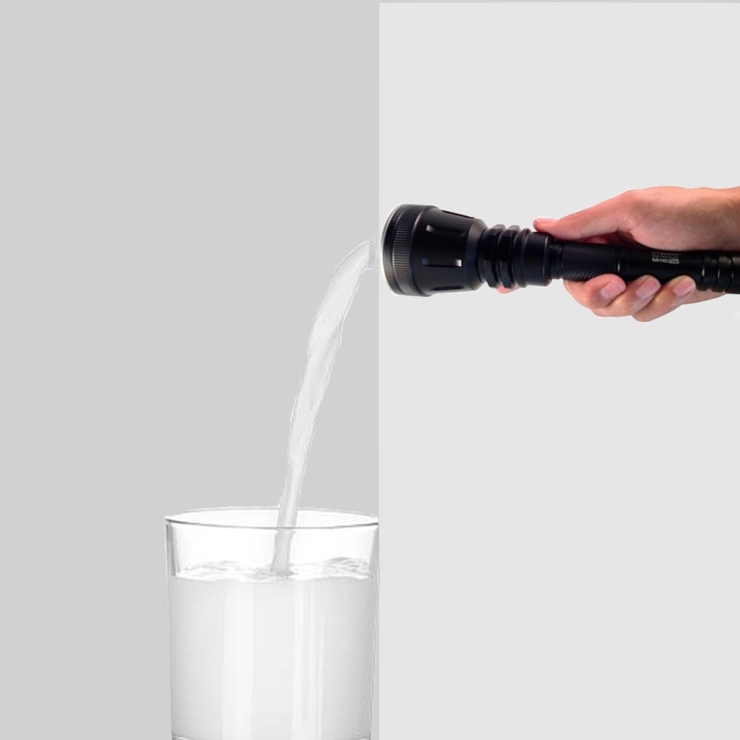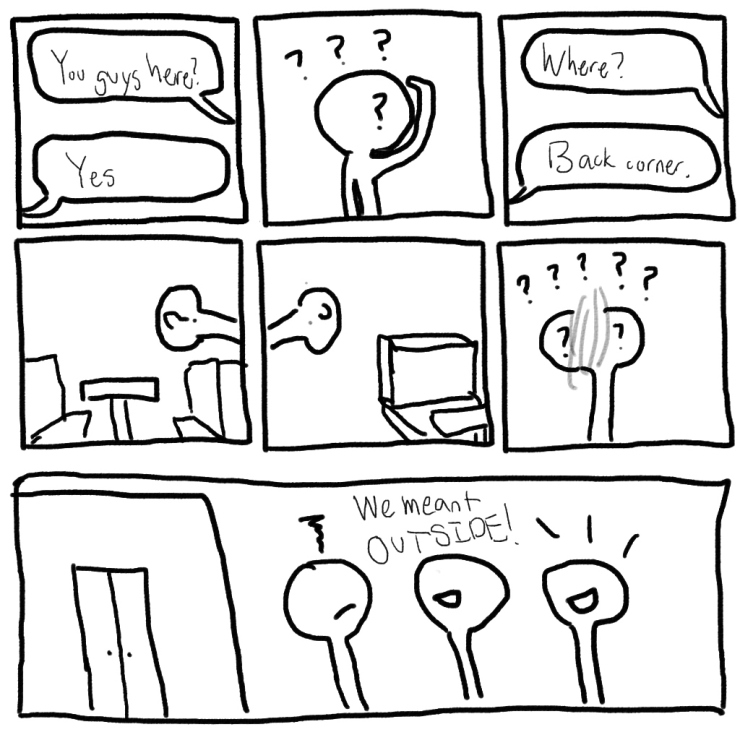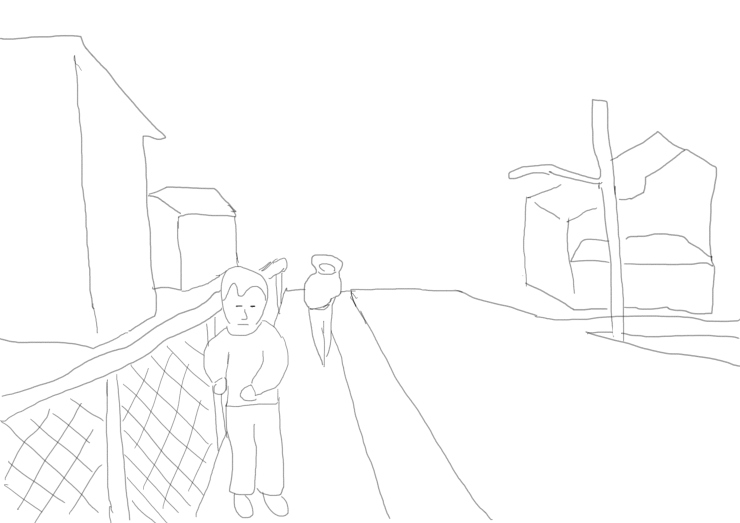Sketch 11: Assembly of a Poorly Drawn Bike
I felt the most appropriate thing to represent this class was the bike, the item we had to attempt to poorly draw in class.

For a little explanation:
The seat is the original literacy narrative that we did. The reason for this is because the seat is what we always relax on and where we feel most comfortable sitting. We don’t like sitting on the handles, the bars, the wheels, or any other part of the bike except for the seat. The literacy narrative, a full blown alphanumeric essay, is what we used to comfort ourselves in this strange new world of analysis through comics and art.
The pedals represent our first major project, Tracing Maus. This project is what helped us start to move on our bike, and get us pedaled in a new direction. This project was cool and interesting enough to attract anyone towards the idea, and attempting to analyze anything to the intricate level that we did will always our eyes to new ideas.
The handlebars are the sketches that are done throughout the whole semester. Though small, these sketches held guide us in the right direction and keep us on track between the major projects. The sketches challenged us to think differently and keep on the path of diving further into the world of comics.
The backwheel is Comparing Palestine and Pyongyang because the back side are those projects that dealt with more alphanumeric ideas. This “side” idea will come into play later.
The front wheel is Mapping Spinning because the front side are those projects that dealt more with the artistic ideas. This “side” idea, again, will come into play later.
The bars in the middle are the draft and final draft of the literacy comic. This is the connecting point between the back side (the alphanumeric) and the front side (the art). It shows that to create a fully functioning bike, you need both ends.




